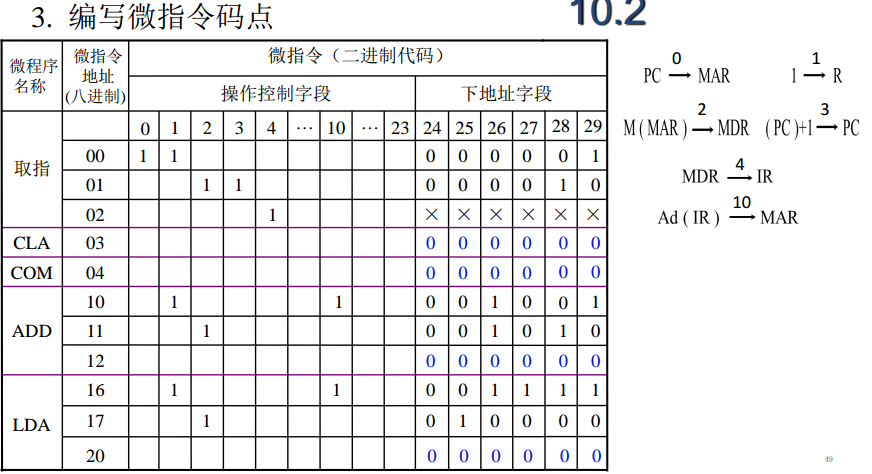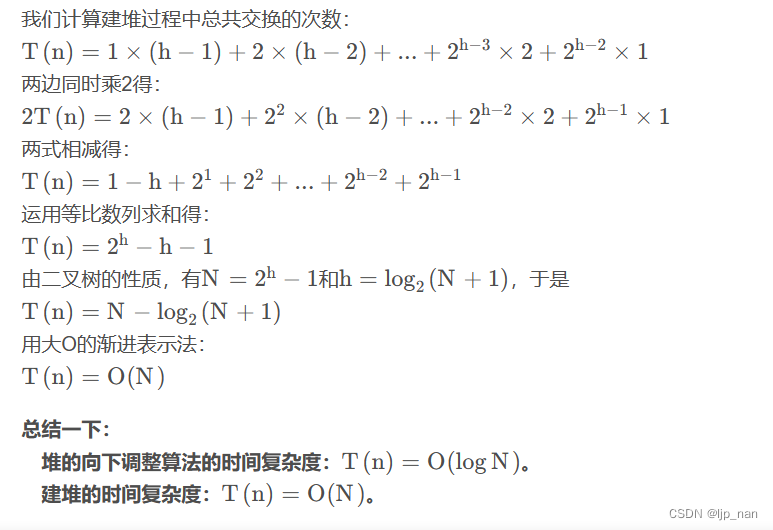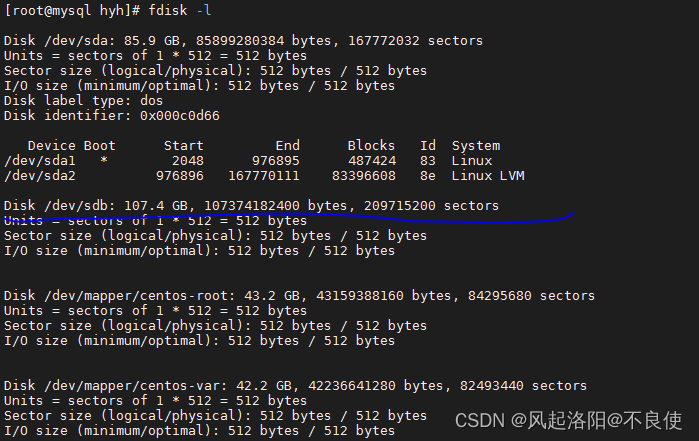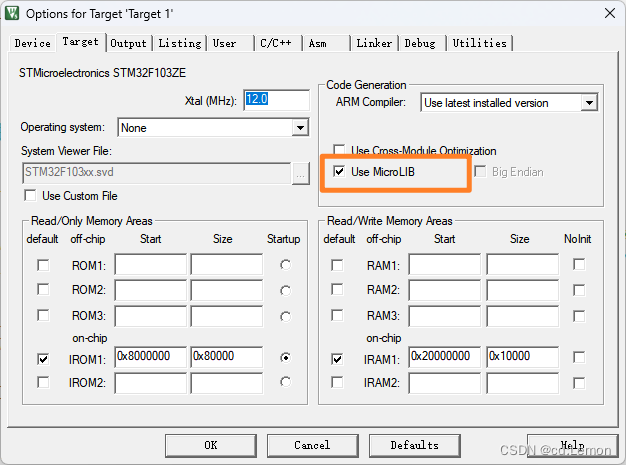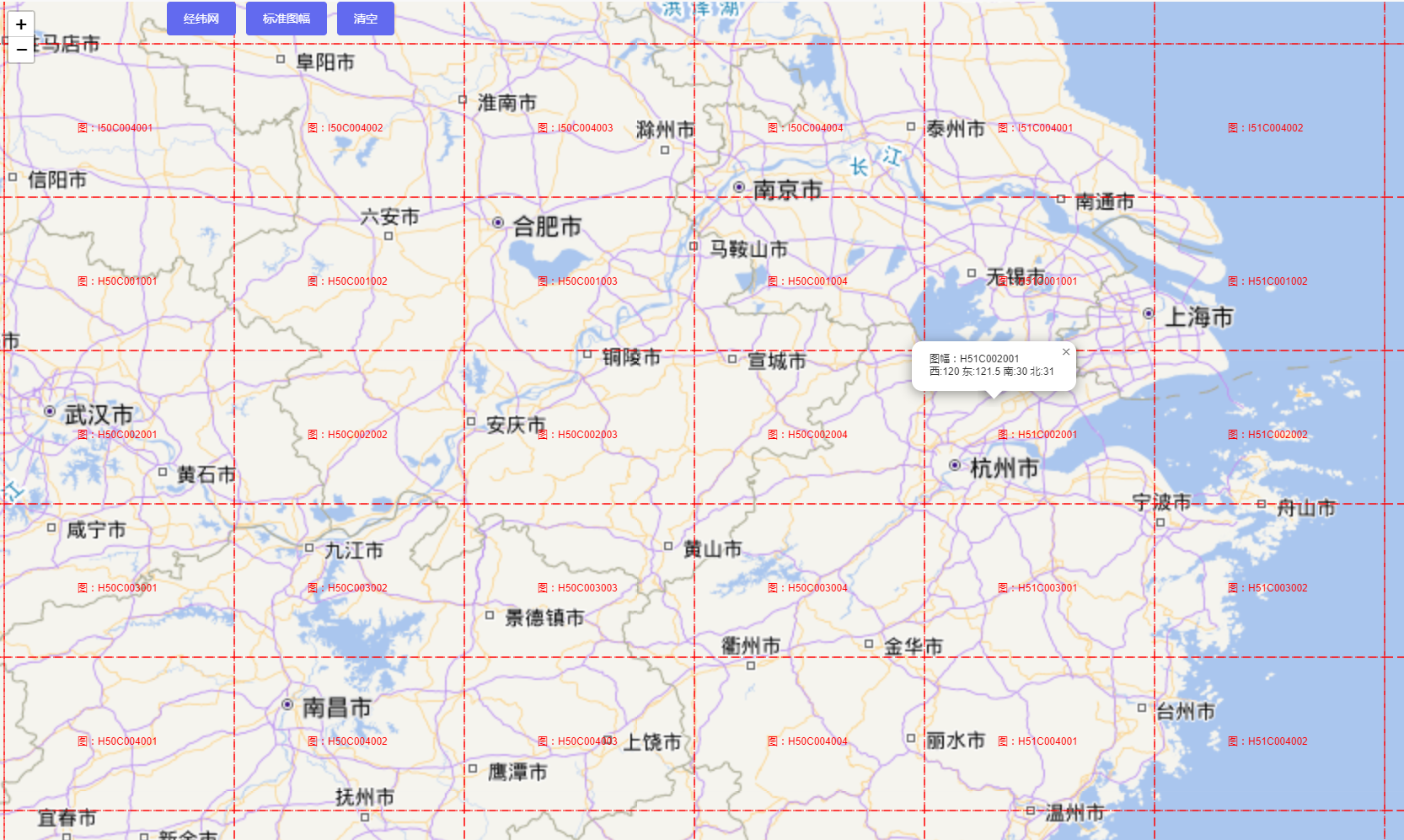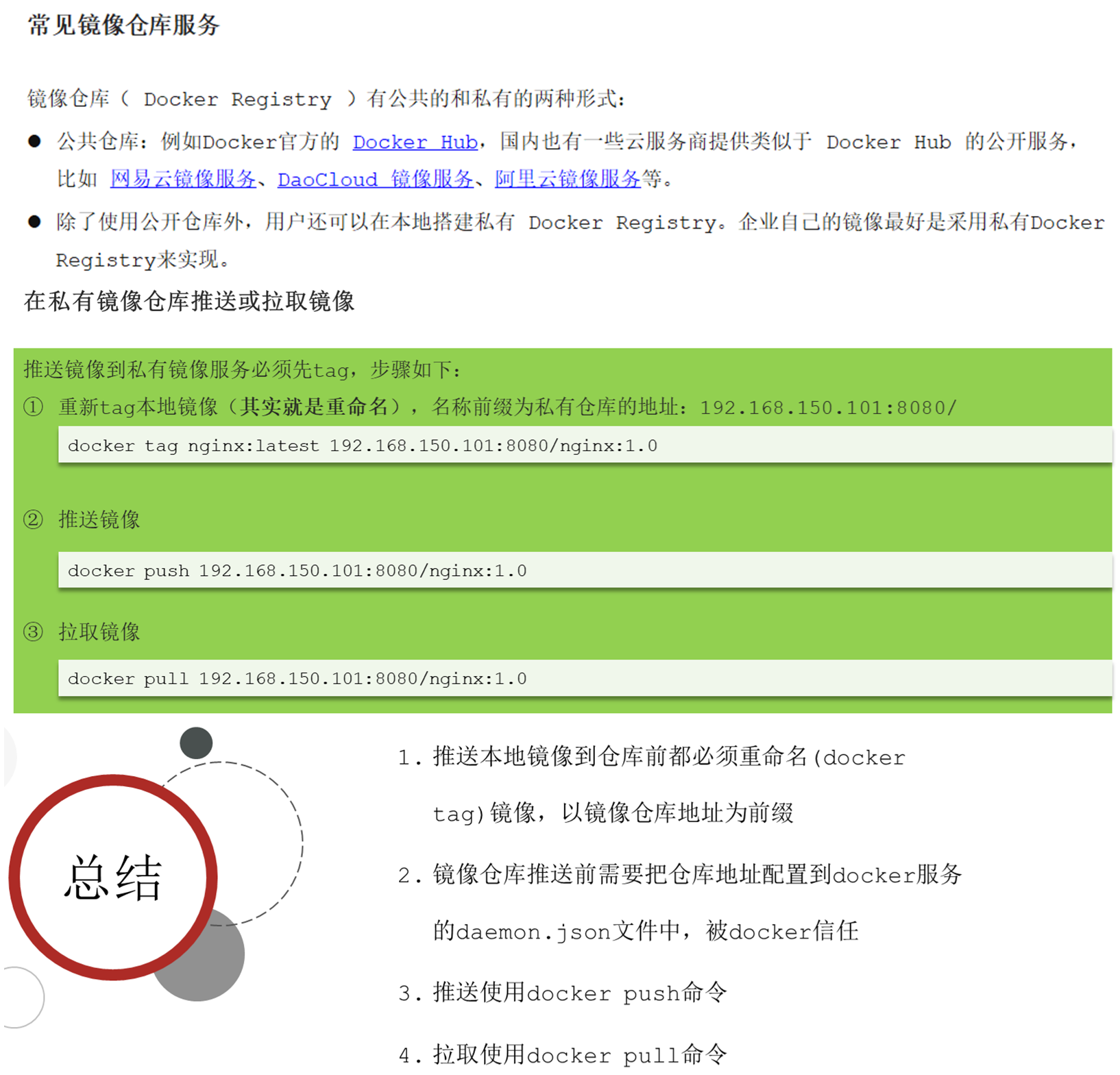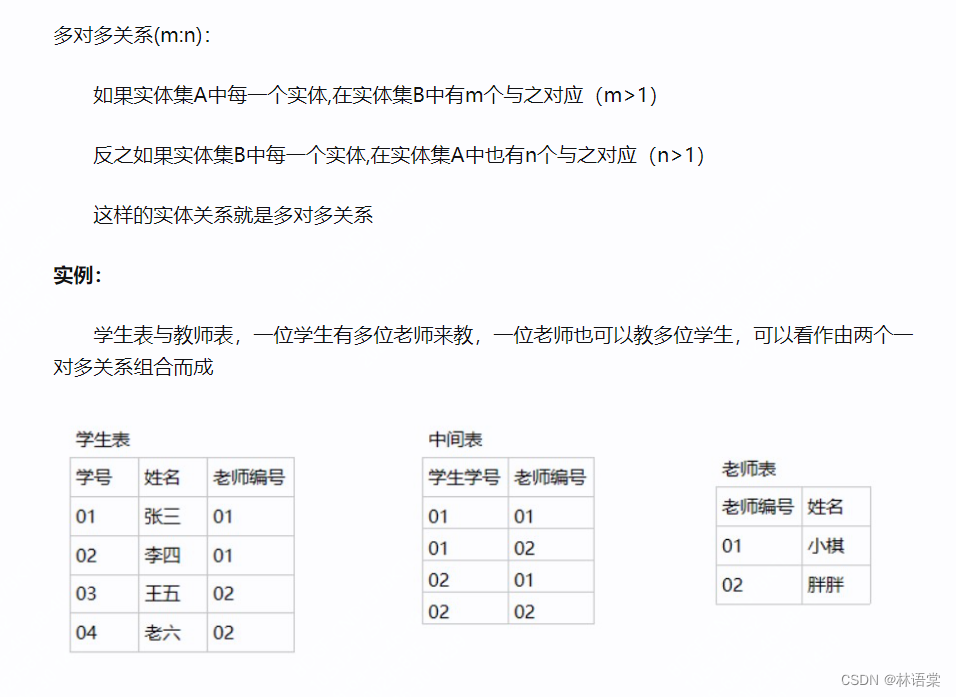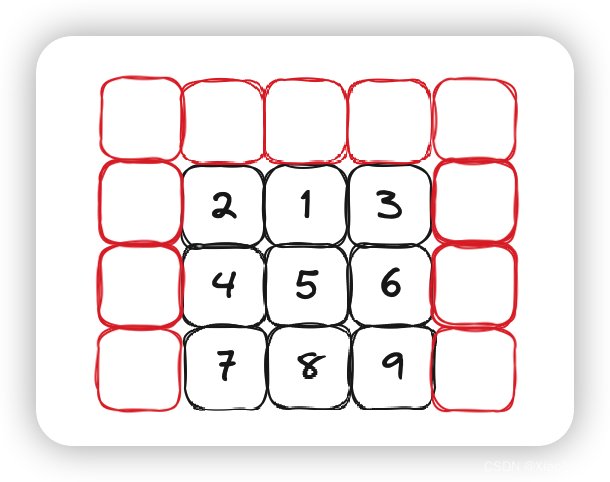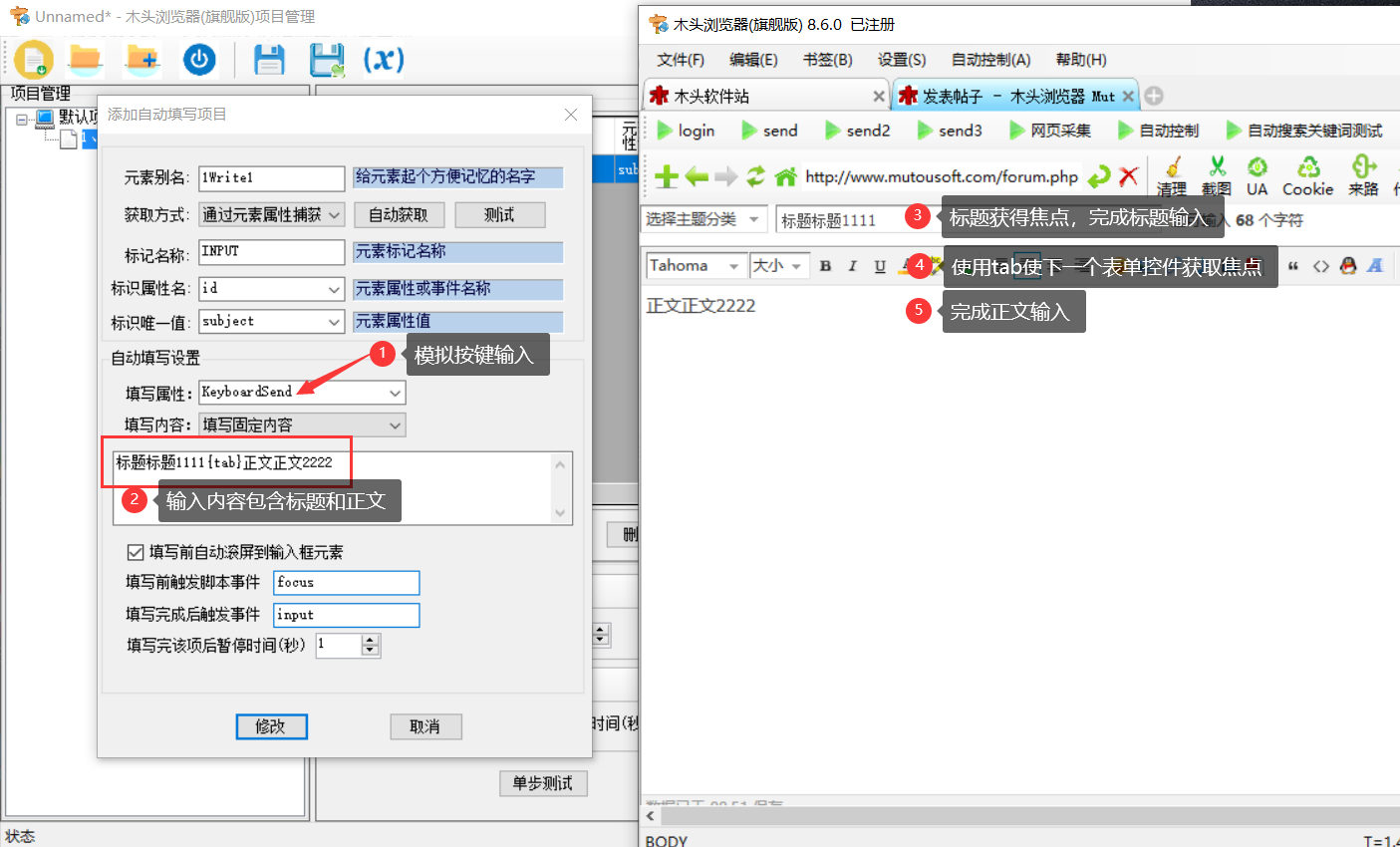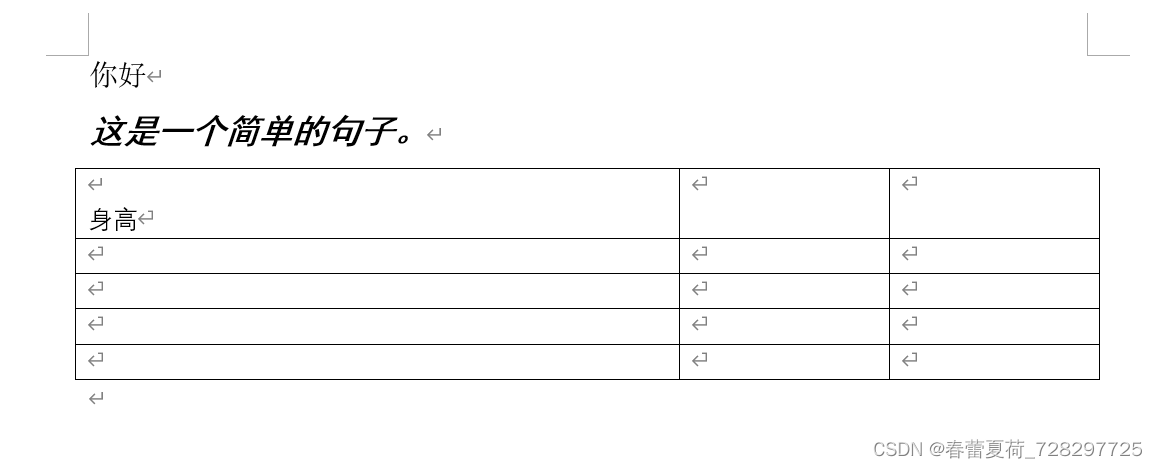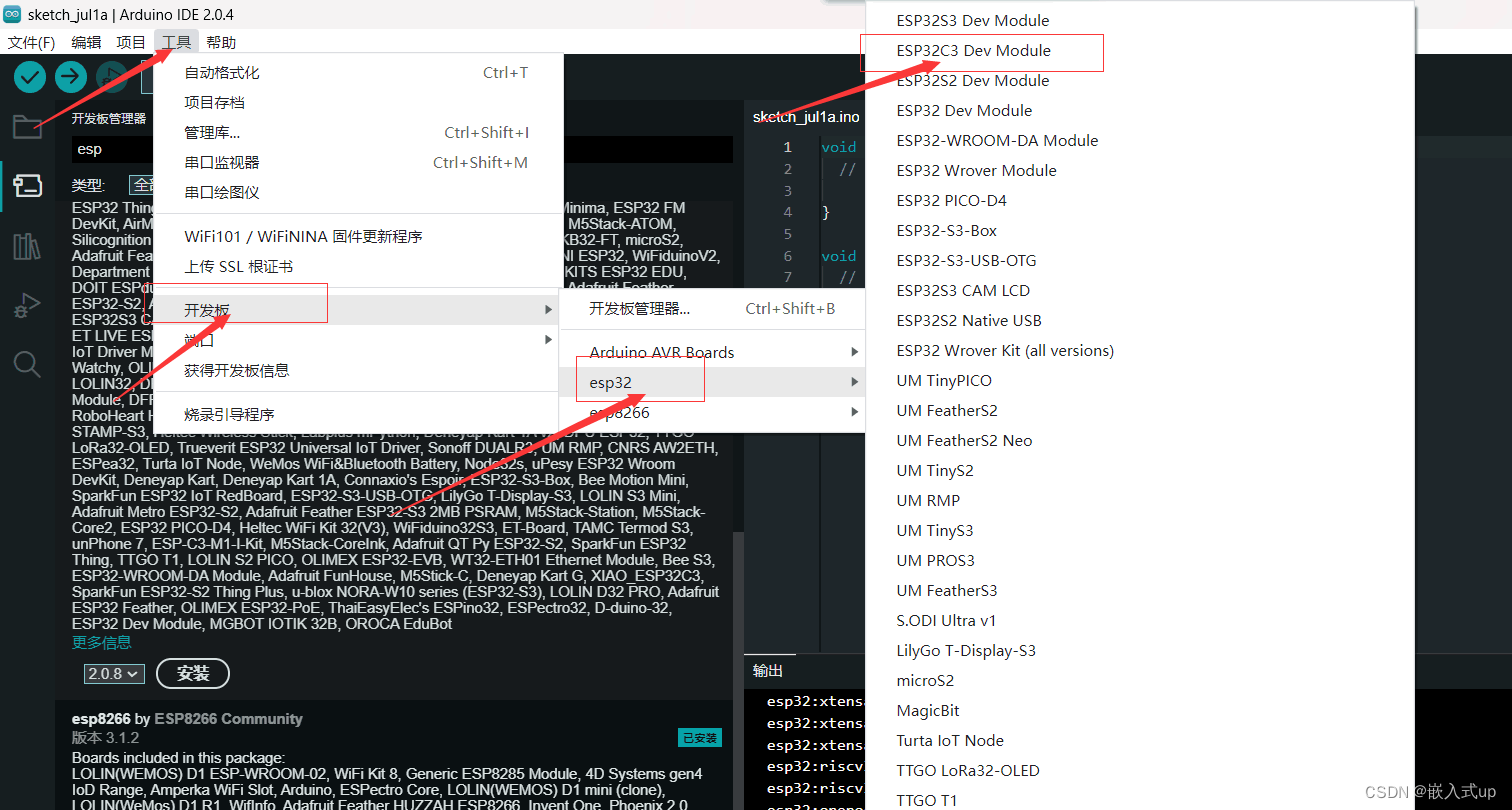一、C语言中的函数指针
先看一个函数指针的例子 test_fun.cpp:
#include<iostream>
//定义函数指针
typedef int (*func)();
using namespace std;
int test1(){
cout<<"hello, test1"<<endl;
return 0;
}
int test2(){
cout<<"hello, test2"<<endl;
return 0;
}
int main(int argc, char * argv[]){
func fp = test1;
fp();
fp = test2;
fp();
return 0;
}执行结果如下:

二、std::function的作用
其实std::function的作用跟上面的函数指针类似。
但std::function的作用比函数指针更强大,应用场景更多。std::function是一个可调用的对象包装器,满足下列条件之一的是可调用对象:
(1)函数指针
(2)具有operator()成员函数的类对象(传说中的仿函数),lambda表达式
(3)可被转换为函数指针的类对象
(4)类成员(函数)指针
(5)bind表达式或其它函数对象
在实际编程时,主要有以下场景:
(1)绑定一个函数(普通函数或者静态函数)
(2)实现回调函数
(3)作为函数入参
三、几个例子
1、绑定一个函数
#include <iostream>
#include <functional>
using namespace std;
int test1(){
cout<<"hello, test1"<<endl;
return 0;
}
int main(int argc, char * argv[]){
std::function<int(void)> fr_test1 = test1;
fr_test1();
return 0;
}2、作为回调函数
#include <iostream>
#include <functional>
using namespace std;
class A{
function<void()> callback;
public:
A(){};
A(const function<void()>& f) : callback(f) {};
void notify(void){
callback();
}
void init(const function<void()>& f){
callback = f;
}
};
class Foo {
public:
// Foo foo;
// foo(); //此时会执行operator()方法
void operator()(void) {
cout << __FUNCTION__ << endl;
}
};
void test(){
cout << "test()" << endl;;
}
int main(void)
{
Foo foo;
A aa(foo);
aa.notify();
A bb;
bb.init(test);
bb.notify();
}3、作为函数入参
#include <iostream>
#include <functional>
using namespace std;
void call_when_even(int x, const std::function<void(int)>& f) {
if (!(x & 1)) {
f(x);
}
}
void output(int x) {
cout << x << " ";
}
int main(void){
for (int i = 0; i < 10; ++i) {
call_when_even(i, output);
}
cout<<endl;
return 0;
}参考:
(1)深入浅出C++的function
(2)c++11新特性之std::function和lambda表达式

